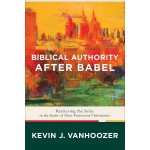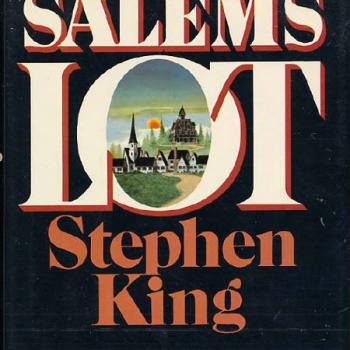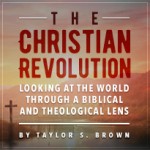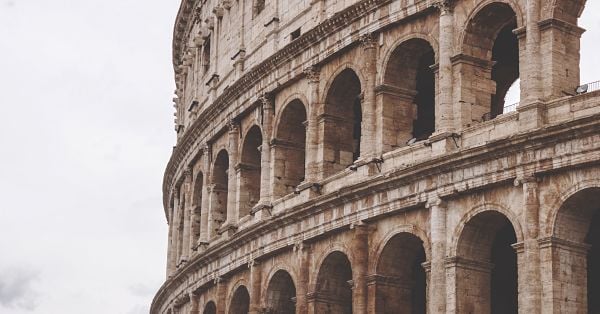I just finished reading Shūsaku Endō’s powerful novel, Silence. After hearing about the book from Makoto Fujimura in an interview about his own book interacting with Endō’s work, Silence and Beauty: Hidden Faith Born of Suffering, and seeing that Martin Scorcese was making a film adaptation (which I can’t wait to see when gets a nationwide release on Jan. 13th), I figured I should read the book for myself. All the acclaim surrounding Endō’s novel is true.
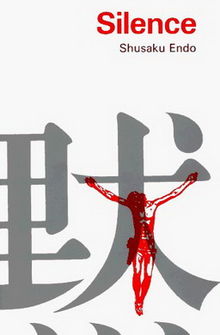
Endō was a Japanese Catholic, and he wrote and reflected deeply on his own minority status. Not only was Endō a Japanese Christian (already statistical minority), we was a Japanese Roman Catholic Christian, an even smaller minority of people who had to deal with their own country’s dark history of oppression of their faith under the 17th century Tokugawa shogunate.
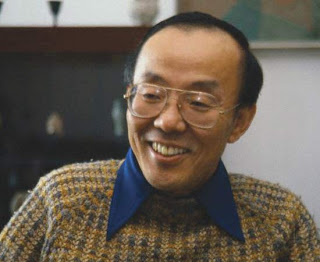
It was out of this lifelong process of reflecting on his Catholic and Japanese identities that Endō produced Silence. The story of the novel follows two fictional Portuguese Jesuits, Fr. Sebastião Rodrigues (based on the historical, but little known, Jesuit, Giuseppe Chiara) and Fr. Francisco Garrpe, as they go to Japan both to investigate reports of their fallen mentor, Fr. Cristóvão Ferreira, and to preach the gospel.
From there the two priests engage in a harrowing and ultimately fruitless flight from the Japanese authorities under the command of an old, anti-Catholic samurai, Ionue (presumably based on the real figure of the shogun, Tokugawa Ieyasu). Without giving away too much of the book (or the forthcoming movie), Rodrigues ends up being put in the position of having to choose whether or not to trample on a fumi-e, a carved representation of either Christ or the Virgin Mar. Tokugawa officials made people trample upon these fumi-e to see whether or not they were secretly Christians. If Rodrigues chooses to trample upon the image, then he will save indigenous Japanese Christians from brutal torture and execution by Ionue, but at the expense of apostasy. If he refuses to trample upon the fumi-e then more Japanese Christians will suffer and die. Without giving away what Rodrigues chooses to do (you’ll have to read the book or watch the upcoming movie to find out), in the midst of his decision, Christ appears to Rodrigues in a vision, assuring him in the midst of his anguish (whether it is truly Christ or only in Rodrigues’s head, Endō seems to intentionally leave ambiguous):
“It was to be trampled on by men that I was born into this world. It was to share men’s pain that I carried my cross.”


